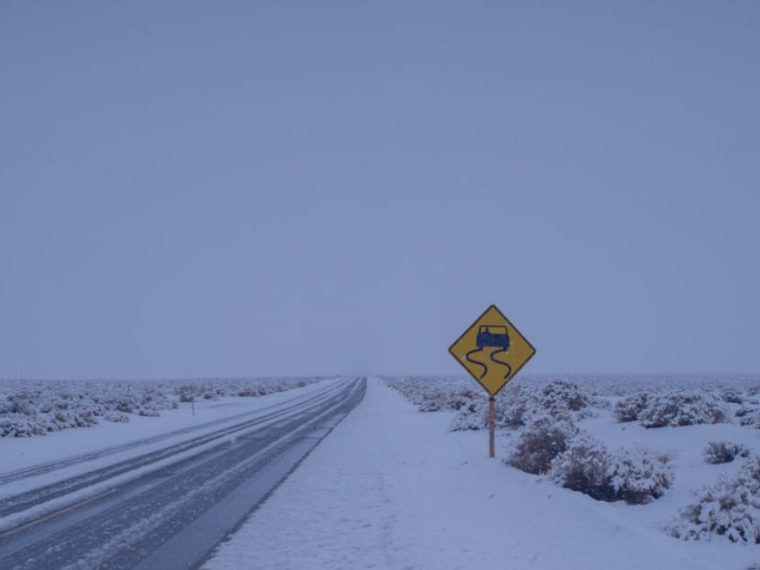Iceland is a beautiful country with stunning landscapes and natural wonders. It’s a popular destination for travelers who want to see the northern lights, hot springs, glaciers, fjords, and wildlife. But not every month is a good time to visit Iceland. In fact, there is a worst time to visit Iceland that you should avoid if you want to have a pleasant and enjoyable trip.
What is the Worst Time to Visit Iceland?
The worst time to visit Iceland is February. Why? Because February is the coldest month in many parts of the country, with average temperatures ranging from -2°C to 3°C (28°F to 37°F). It’s also the month with the least amount of daylight, with only seven to eight hours per day. That means you have less time to explore the outdoors and more time to spend in the dark.
How Can February Ruin Your Trip to Iceland?
You might think that February is not so bad if you are looking for a winter wonderland experience. After all, you can still see the northern lights, go skiing, snowshoeing, or ice skating, and enjoy the cozy atmosphere of Icelandic culture. But there are some drawbacks that can ruin your trip to Iceland in February.
Limited Daylight Hours
One of the main reasons people visit Iceland is to see the amazing natural scenery. But with only seven to eight hours of daylight in February, you have less time to do that. You might miss some of the best attractions or have to rush through them. You might also feel more tired and depressed because of the lack of sunlight.
Harsh Weather
Another reason February is the worst time to visit Iceland is because of the harsh weather. The cold temperatures can make it uncomfortable and even dangerous to be outside for long periods of time. You need to dress warmly and wear layers of clothing to protect yourself from frostbite and hypothermia. You also need to be careful of slippery roads and sidewalks that can cause accidents.
But cold is not the only problem. February is also one of the windiest months in Iceland, with gusts reaching up to 100 km/h (62 mph). The strong winds can make it hard to walk, drive, or even stand still. They can also blow snow and ice into your face, reducing your visibility and causing injuries.
Road Closures and Travel Delays
If you are planning to rent a car and drive around Iceland in February, you might encounter some difficulties. Many roads are closed or inaccessible due to snow, ice, or avalanches. You need to check the road conditions regularly and follow the advice of the authorities2. You might also need a 4×4 vehicle or snow tires to drive safely on some roads.
Even if you are not driving, you might face some travel delays in February. Flights can be canceled or postponed because of bad weather. Road closures or accidents can also affect buses and trains. You might have to change your plans or miss some connections because of these issues.
When Should You Visit Iceland Instead?
If you want to avoid the worst time to visit Iceland, consider visiting during other months. Depending on what you want to see and do in Iceland, you can choose the best time for your trip.
- If you want to see the northern lights, visit between September and March. These are the months with the longest nights and the highest chances of seeing the aurora borealis.
- If you want to enjoy the warm weather and long days, visit between June and August. These are the summer months in Iceland, with average temperatures ranging from 10°C to 15°C (50°F to 59°F) and up to 21 hours of daylight per day.
- If you want to experience the midnight sun and avoid the crowds, visit in May or September. These are the shoulder seasons in Iceland, with moderate temperatures and daylight hours.
- If you want to see the wildlife and nature in full bloom, visit in April or October. These are the spring and autumn months in Iceland, with colorful flowers and foliage.
Conclusion
Iceland is a wonderful country that offers something for everyone. But if you want to have a memorable and hassle-free trip, avoid visiting in February. It’s the worst time to visit Iceland because of the cold weather, limited daylight, and travel difficulties. Instead, choose a different month that suits your preferences and interests.
I hope this article has helped you decide when to visit Iceland and what to expect. If you want to learn more about other destinations and their best and worst times to visit, check out these articles:
Thank you for reading and happy travels! 🛫

